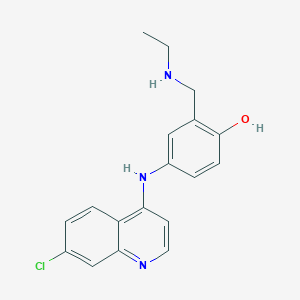
-
去乙基阿莫地喹
- names:
N-Desethyl amodiaquine
- CAS号:
79352-78-6
MDL Number: MFCD08063555 - MF(分子式): C18H18ClN3O MW(分子量): 327.81
- EINECS: Reaxys Number:
- Pubchem ID:122068 Brand:BIOFOUNT
| 货品编码 | 规格 | 纯度 | 价格 (¥) | 现价(¥) | 特价(¥) | 库存描述 | 数量 | 总计 (¥) |
|---|---|---|---|---|---|---|---|---|
| YZM000809-10mg | 10mg | 99.9% | ¥ 5568.00 | ¥ 5568.00 | 3-5天 | ¥ 0.00 | ||
| YZM000809-5mg | 5mg | 99.9% | ¥ 2980.00 | ¥ 2980.00 | 3-5天 | ¥ 0.00 |
| 中文别名 | 去乙基阿莫地喹(79352-78-6,N-Desethyl amodiaquine);N-脱乙基阿莫地喹 |
| 英文别名 | N-Desethyl amodiaquine(79352-78-6);desethylamodiaquine;Monodesethylamodiaquine |
| CAS号 | 79352-78-6 |
| Inchi | InChI=1S/C18H18ClN3O/c1-2-20-11-12-9-14(4-6-18(12)23)22-16-7-8-21-17-10-13(19)3-5-15(16)17/h3-10,20,23H,2,11H2,1H3,(H,21,22) |
| InchiKey | VRXFDHAGFYWGHT-UHFFFAOYSA-N |
| 分子式 Formula | C18H18ClN3O |
| 分子量 Molecular Weight | 327.81 |
| 溶解度Solubility | 生物体外In Vitro:DMSO溶解度125 mg/mL(381.32 mM;Need ultrasonic) |
| 性状 | 浅黄色至黄色固体粉末 |
| 储藏条件 Storage conditions | storage at -4℃ (1-2weeks), longer storage period at -20℃ (1-2years) |
去乙基阿莫地喹(79352-78-6,N-Desethyl amodiaquine)实验注意事项:
1.实验前需戴好防护眼镜,穿戴防护服和口罩,佩戴手套,避免与皮肤接触。
2.实验过程中如遇到有毒或者刺激性物质及有害物质产生,必要时实验操作需要手套箱内完成以免对实验人员造成伤害
3.实验后产生的废弃物需分类存储,并交于专业生物废气物处理公司处理,以免造成环境污染
N-Desethyl amodiaquine(79352-78-6) Experimental considerations:
1. Wear protective glasses, protective clothing and masks, gloves, and avoid contact with the skin during the experiment.
2. The waste generated after the experiment needs to be stored separately, and handed over to a professional biological waste gas treatment company to avoid environmental pollution.
Tag:去乙基阿莫地喹(79352-78-6,N-Desethyl amodiaquine),去乙基阿莫地喹试剂,去乙基阿莫地喹抑制剂,去乙基阿莫地喹的作用,去乙基阿莫地喹的生产,去乙基阿莫地喹的厂家,去乙基阿莫地喹的价格,去乙基阿莫地喹的合成,去乙基阿莫地喹的纯度,去乙基阿莫地喹的外观,去乙基阿莫地喹的MSDS
| 产品说明 | 去乙基阿莫地喹(79352-78-6,N-Desethyl amodiaquine)是 Amodiaquine 的主要生物活性代谢产物,去乙基阿莫地喹是一种抗寄生虫剂 |
| Introduction | N-Desethyl amodiaquine(79352-78-6,去乙基阿莫地喹) is the main bioactive metabolite of Amodiaquine, and desethyl amodiaquine is an antiparasitic agent |
| Application1 | |
| Application2 | |
| Application3 |
| 警示图 | |
| 危险性 | warning |
| 危险性警示 | Not available |
| 安全声明 | H303吞入可能有害+H313皮肤接触可能有害+H2413吸入可能对身体有害 |
| 安全防护 | P264处理后彻底清洗+P280戴防护手套/穿防护服/戴防护眼罩/戴防护面具+P305如果进入眼睛+P351用水小心冲洗几分钟+P338取出隐形眼镜(如果有)并且易于操作,继续冲洗+P337如果眼睛刺激持续+P2393获得医疗建议/护理 |
| 备注 | 实验过程中防止吸入、食入,做好安全防护 |
| 象形图 |  |
|---|---|
| 信号警告 | Warning |
| GHS危险说明 |
Aggregated GHS information provided by 40 companies from 2 notifications to the ECHA C&L Inventory. Each notification may be associated with multiple companies. H315 (100%): Causes skin irritation [Warning Skin corrosion/irritation] H319 (100%): Causes serious eye irritation [Warning Serious eye damage/eye irritation] H335 (100%): May cause respiratory irritation [Warning Specific target organ toxicity, single exposure; Respiratory tract irritation] Information may vary between notifications depending on impurities, additives, and other factors. The percentage value in parenthesis indicates the notified classification ratio from companies that provide hazard codes. Only hazard codes with percentage values above 10% are shown. |
| 防范说明代码 |
P261, P264, P271, P280, P302+P352, P304+P340, P305+P351+P338, P312, P321, P332+P313, P337+P313, P362, P403+P233, P405, and P501 (The corresponding statement to each P-code can be found at the GHS Classification page.) |
| Apoptosis contributes to the cytotoxicity induced by amodiaquine and its major metabolite N-desethylamodiaquine in hepatic cells PMID 31629065; |
| Influence of MAMA decoction, an Herbal Antimalarial, on the Pharmacokinetics of Amodiaquine in Mice PMID 31642009; European journal of drug metabolism and pharmacokinetics 2020 Feb; 45(1):81-88 |
| Adherence and Population Pharmacokinetic Properties of Amodiaquine When Used for Seasonal Malaria Chemoprevention in African Children PMID 31652336 |
| Influence of LAR and VAR on Para-Aminopyridine Antimalarials Targetting Haematin in Chloroquine-Resistance PMID 27483471; PloS one 2016; 11(8):e0160091 |
| Confirmation of Plasmodium falciparum in vitro resistance to monodesethylamodiaquine and chloroquine in Dakar, Senegal, in 2015 PMID 28302108; Malaria journal 2017 03; 16(1):118 |
In vivo and in vitro efficacy of amodiaquine against Plasmodium falciparum in an area of continued use of 4-aminoquinolines in East Africa
Abstract:In light of reports of increasing resistance of parasites to amodiaquine in African countries in which Plasmodium falciparum is endemic as well as the paucity of recent in vitro sensitivity data, we assessed the in vivo and in vitro sensitivity to amodiaquine of P. falciparum isolates from 128 pediatric outpatients (0.5-10 years old) in Pingilikani, Kilifi District, Kenya, who were treated with amodiaquine (10 mg/kg/day for 3 days). The polymerase chain reaction-corrected parasitological cure rate on day 28 (by Kaplan-Meier analysis) was 82% (95% confidence interval [CI], 74%-88%). Twenty-six percent (17/66) of tested pretreatment P. falciparum field isolates had 50% in vitro growth inhibition at concentrations of N-desethyl-amodiaquine (DEAQ)-the major biologically active metabolite of amodiaquine-above the proposed resistance threshold of 60 nmol/L, but baseline median DEAQ 50% inhibitory concentration values were not associated with subsequent risk of asexual parasite recrudescence (29 nmol/L [95% CI, 23-170 nmol/L] and 34 nmol/L [95% CI, 30-46 nmol/L] for patients with and those without recrudescences, respectively). The median absolute neutrophil count dropped by 1.3 X 10(3) cells/microL (95% CI, -1.7 X 10(3) to -0.7 X 10(3) cells/microL) between days 0 and 28. The high prevalence of in vitro and in vivo resistance precludes the use of amodiaquine on its own as second-line treatment. These findings also suggest that the value of amodiaquine combinations as first- or second-line treatment in areas with similar patterns of 4-aminoquinoline resistance should be reassessed.
- 相关产品
-
< >
- 推荐产品
-
< >
- 最新产品
-
< >
新闻
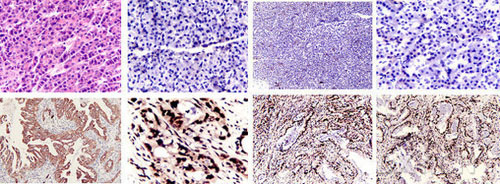
怎么做细胞爬片免疫组化染色实验
细胞爬片免疫组化染色,是通过细胞爬片是让玻片浸在细胞培养基内,细胞在玻片上生长,主要用于组织学,免疫组织化学...
2020/7/20 22:04:33
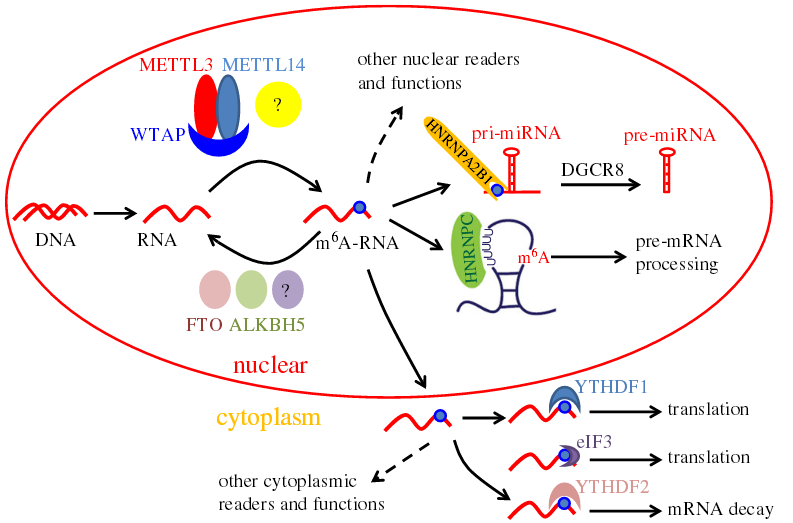
提取病毒RNA的实验方法
提取病毒RNA方法分别有:异硫氰酸胍的提取病毒RNA方法、TRIzol LS提取法、Trizol法提取法等等...
2020/7/22 20:29:26

9月开学季——助研新学期 范德送好礼
2025/8/28 15:30:55
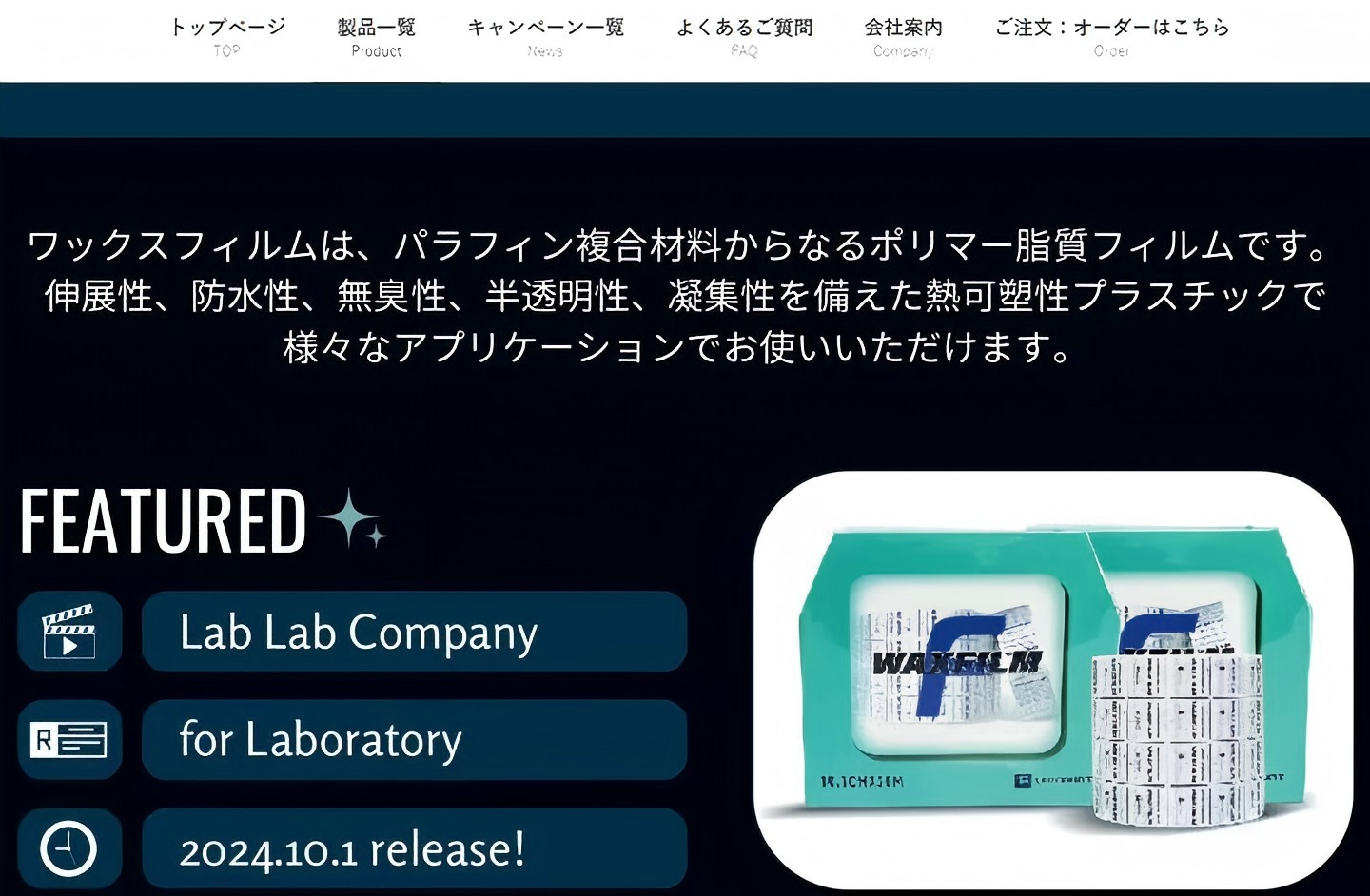
Waxfilm 实验室封口膜:技术与国际市场的双重突破
在实验室耗材领域,封口膜是保障实验准确性与稳定性的关键产品之一。近年来,Waxfilm?实验室封口膜凭借其卓...
2025/5/13 13:03:40
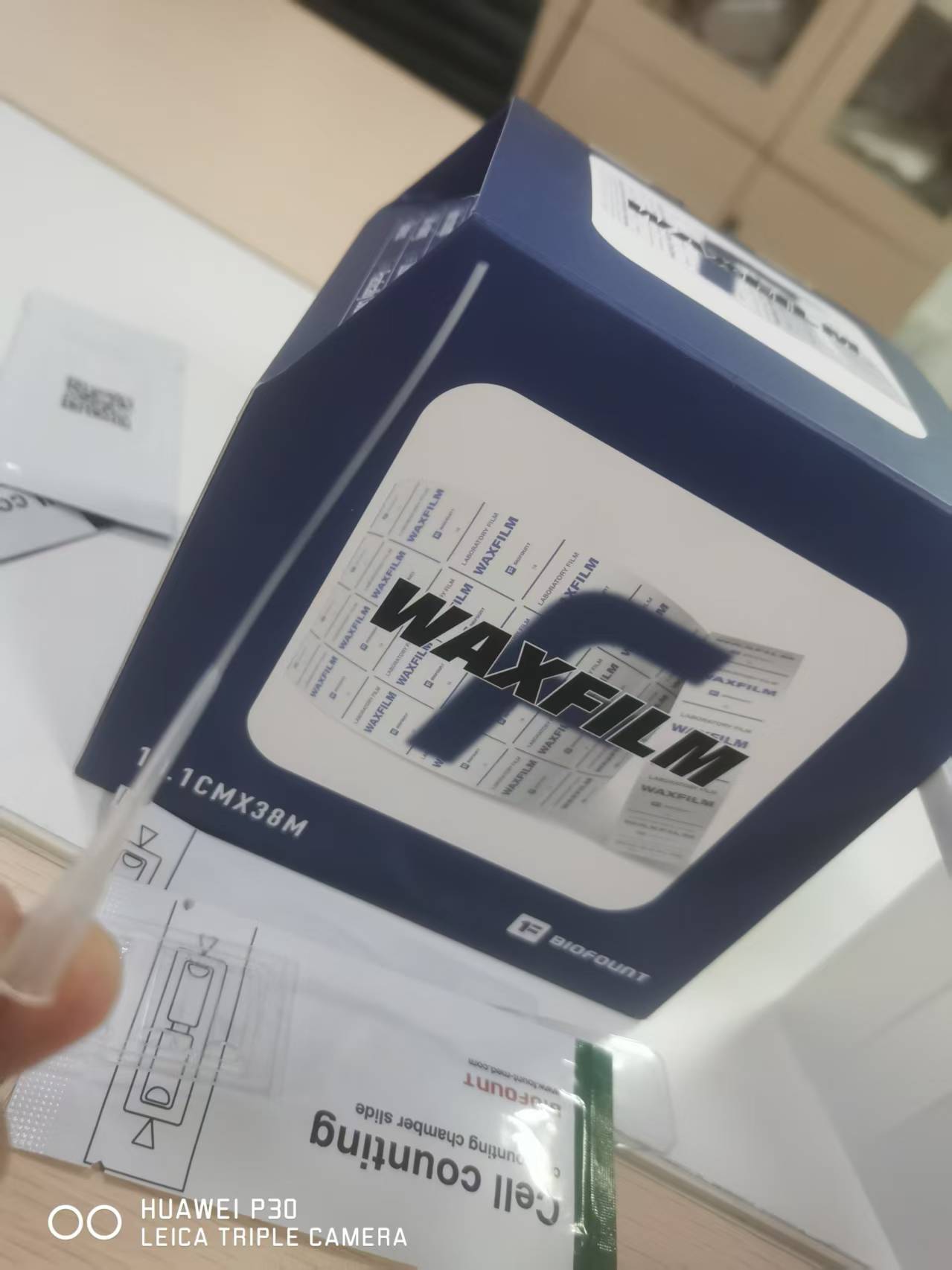
Waxfilm实验室封口膜的5大突破
Waxfilm实验室封口膜作为生物功能膜领域的国产技术突破和品牌突破,是生物领域中国技术发展的缩影。
2025/5/6 17:02:07
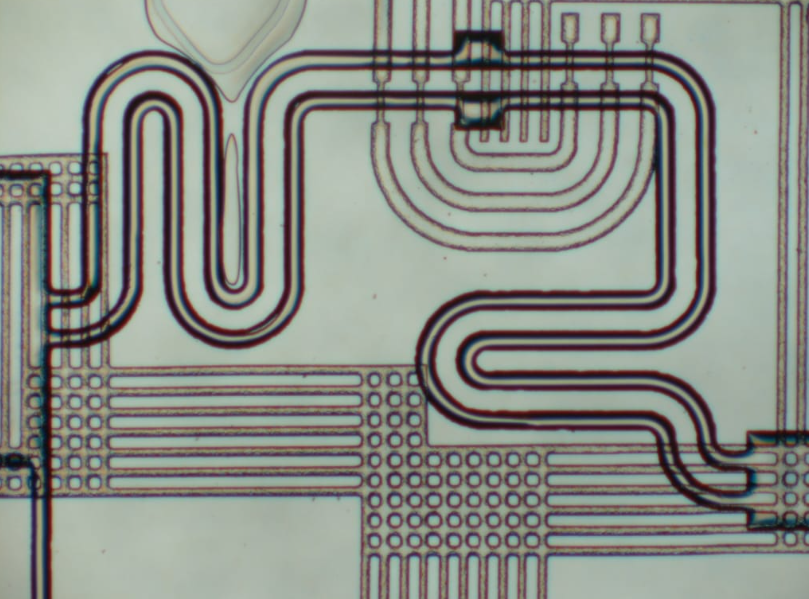
各种微流控芯片键合方法的优缺点
微流控芯片键合:目前主要有激光焊接、热压键合、胶键合、超音波焊接,每种方法都有各自的优缺点。本文主要介绍聚酯...
2023/7/28 10:43:09
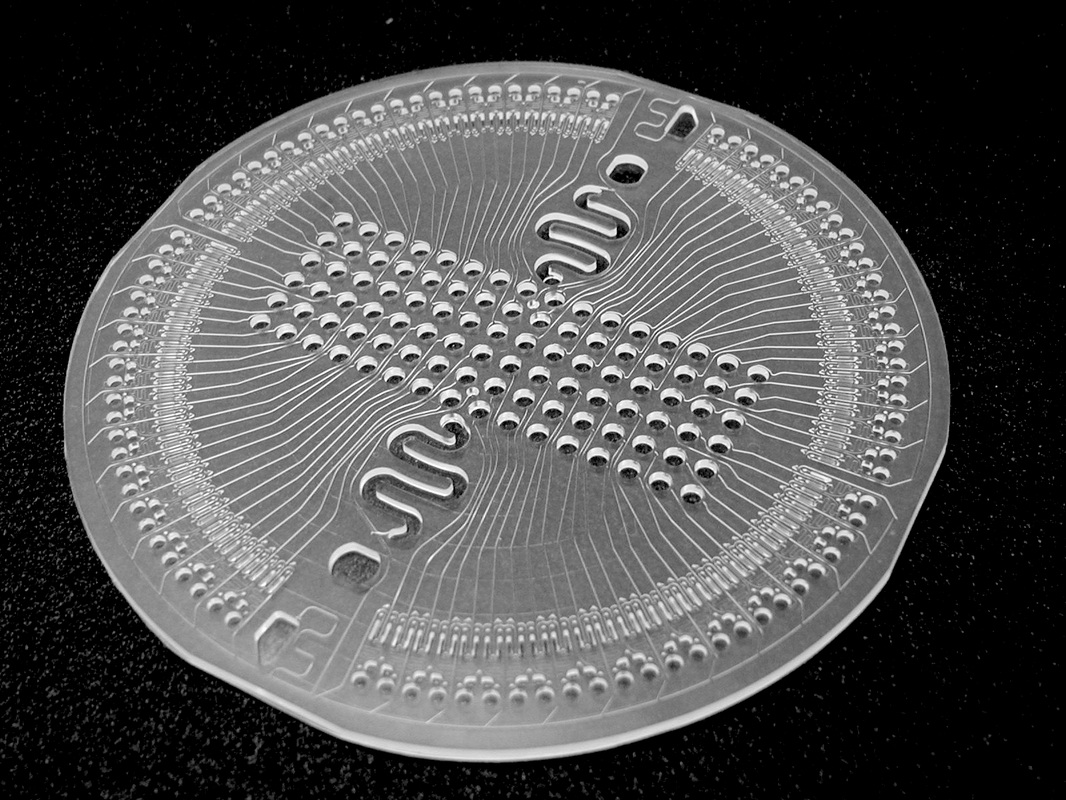
新一代微流控键合解决方案
微流控键合解决方案:微流控芯片制造的一个重要环节,也是最容易被忽视的--芯片键合。其中一个重要因素是:微流控...
2023/7/27 12:44:28
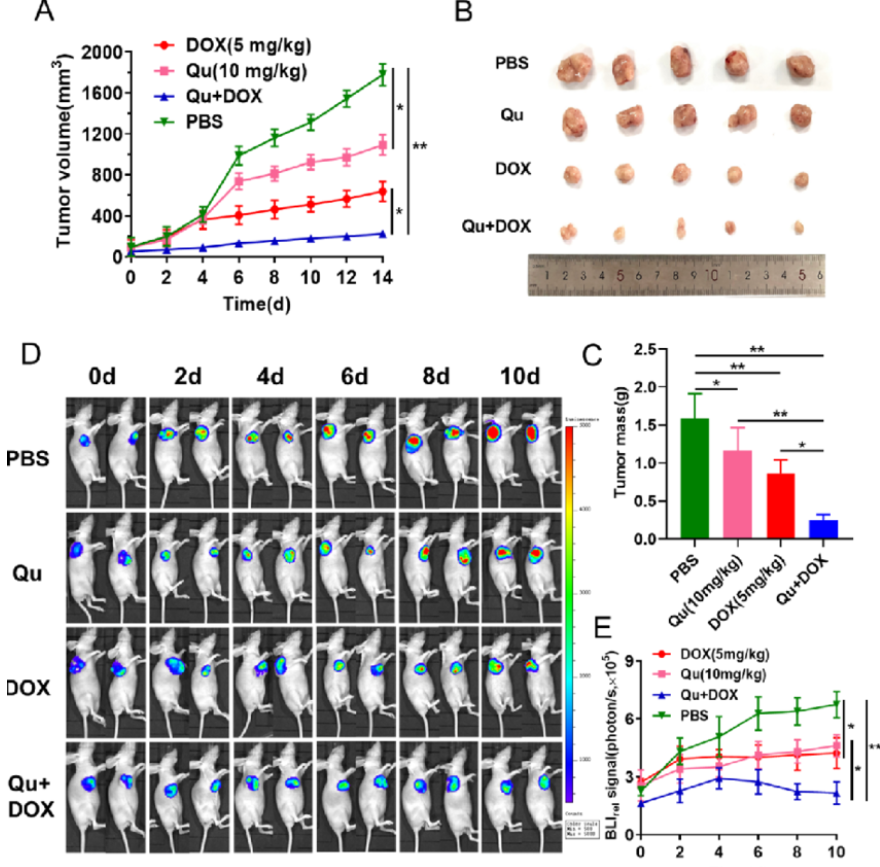
荧光素钾盐使用说明
D-荧光素钾盐(K+)设计用于体外和体内生物发光测定。D-荧光素的质量和纯度对于获得良好和可重复的结果至关重...
2023/7/20 11:05:11
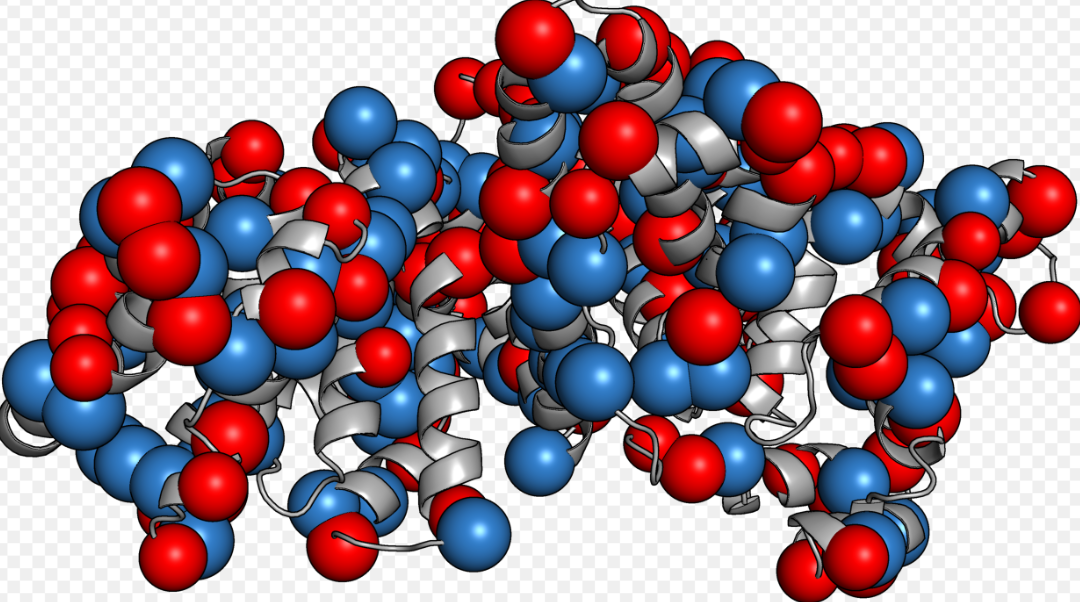
如何选BSA(牛血清白蛋白)
如何选BSA(牛血清白蛋白):牛血清白蛋白(BSA)有多种形式,如何选择适合自己的牛血清白蛋白(BSA)是一...
2023/2/14 13:09:18
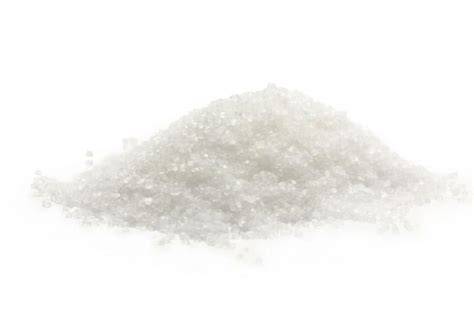
牛血清白蛋白(BSA)常见问题
牛血清白蛋白(BSA)常见问题:牛血清白蛋白(BSA)在实验室中是通用的,可用于蛋白质印迹、细胞组织培养、P...
2022/10/19 9:39:51




 购物车
购物车 



